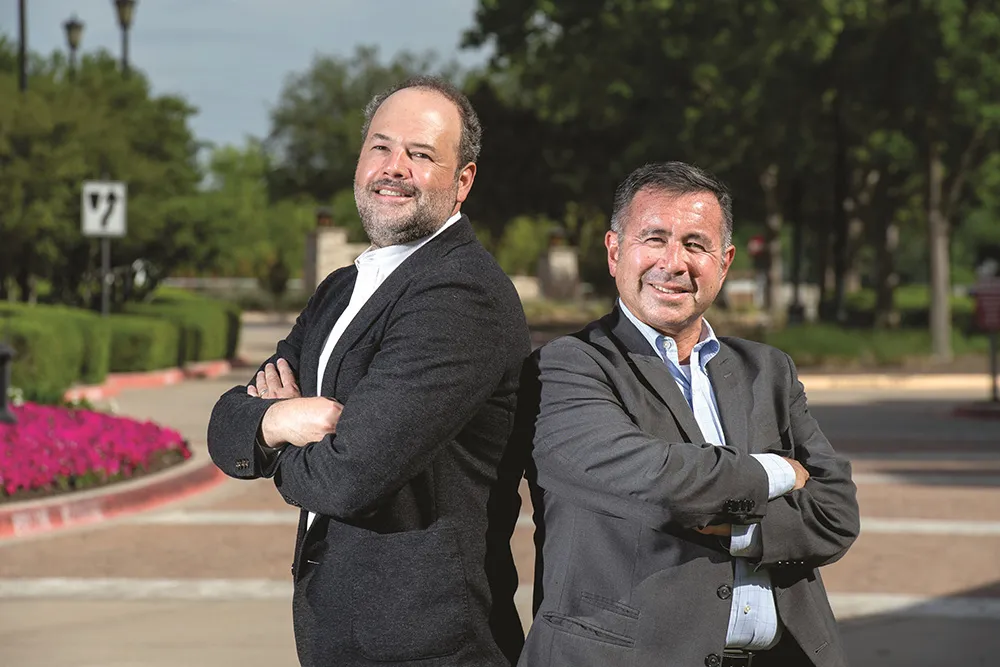Data received by the BBC following a Freedom of Information request to the Driver and Vehicle Licensing Agency (DVLA) reveals that almost 10,000 drivers have been caught twice for being distracted while driving, including using a mobile phone, in the last four years.
The data refers to the number of drivers who have received CU80 endorsements in the past four years, which is how long the DVLA keeps its records. CU80 endorsements, which carry a three point penalty, cover a breach of requirements regarding
November 4, 2016
Read time: 2 mins
Data received by the BBC following a Freedom of Information request to the Driver and Vehicle Licensing Agency (DVLA) reveals that almost 10,000 drivers have been caught twice for being distracted while driving, including using a mobile phone, in the last four years.
The data refers to the number of drivers who have received CU80 endorsements in the past four years, which is how long the DVLA keeps its records. CU80 endorsements, which carry a three point penalty, cover a breach of requirements regarding control of the vehicle, such as using a mobile telephone.
From 2012 to 2015, 228,301 drivers received one CU80 endorsement and 9,722 drivers were endorsed twice. The figures also show that more than 600 people were caught three times and one driver five times.
The findings come as a foreign truck driver, Tomasz Kroker, was jailed for ten years for causing a fatal crash on the A34 in Berkshire while using a mobile phone.
The UK government has promised stricter penalties for distracted driving and September announced it was looking at plans to double the penalty to six points from the current three.
The data refers to the number of drivers who have received CU80 endorsements in the past four years, which is how long the DVLA keeps its records. CU80 endorsements, which carry a three point penalty, cover a breach of requirements regarding control of the vehicle, such as using a mobile telephone.
From 2012 to 2015, 228,301 drivers received one CU80 endorsement and 9,722 drivers were endorsed twice. The figures also show that more than 600 people were caught three times and one driver five times.
The findings come as a foreign truck driver, Tomasz Kroker, was jailed for ten years for causing a fatal crash on the A34 in Berkshire while using a mobile phone.
The UK government has promised stricter penalties for distracted driving and September announced it was looking at plans to double the penalty to six points from the current three.








